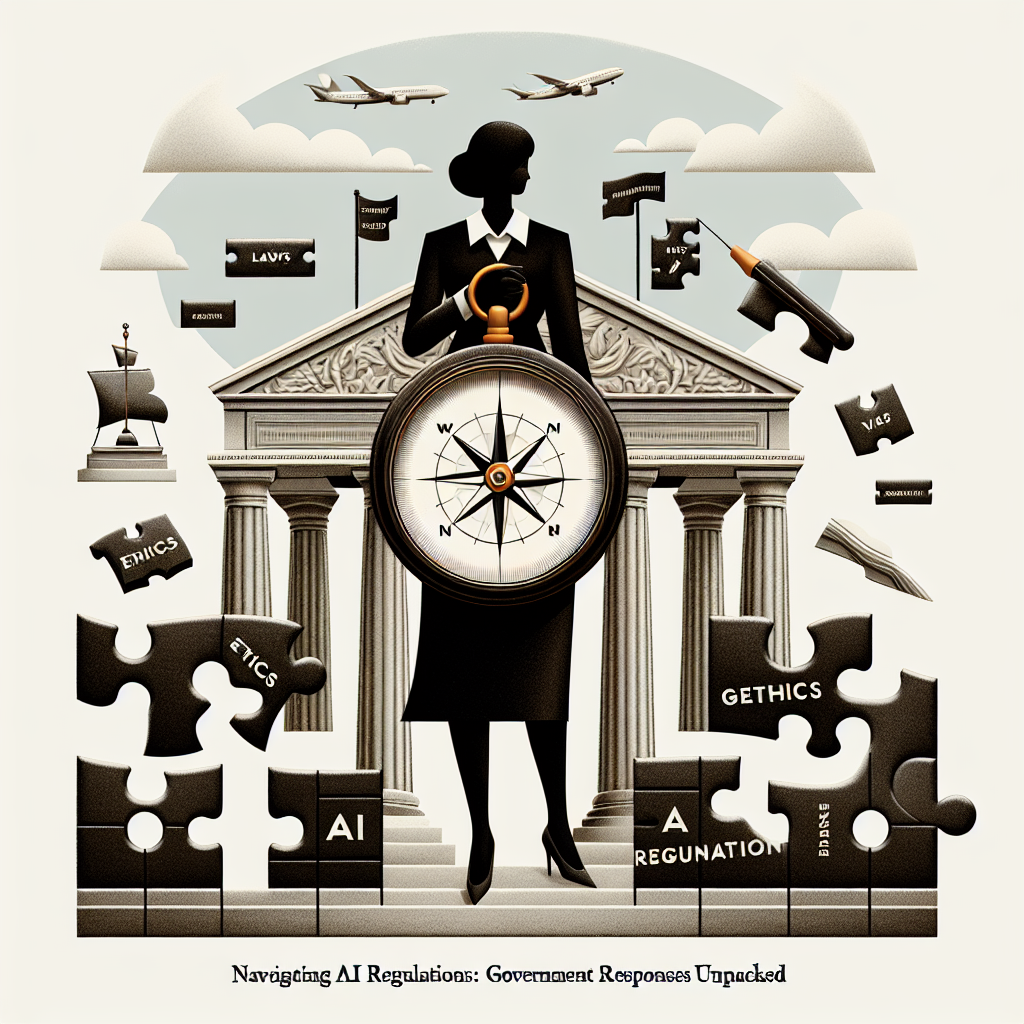The swift evolution of artificial intelligence (AI) technologies has sparked a considerable global conversation surrounding regulation. As AI systems increasingly integrate into various sectors—such as healthcare, finance, transportation, and governance—the urgency for effective and coherent regulatory frameworks has never been more critical. This article delves into how governments are addressing the challenges posed by AI, the regulatory strategies being implemented, and the implications for innovation and society.
The Necessity of Regulation
While AI holds transformative power, it also brings forth ethical, legal, and societal dilemmas. Issues like data privacy, algorithmic bias, security vulnerabilities, and potential job losses dominate regulatory debates. Governments understand that without appropriate oversight, the positive aspects of AI could be overshadowed by adverse consequences. Therefore, it is essential to balance innovation with ethical standards.
Global Approaches to AI Regulation
1. European Union: A Leading Model
The European Union (EU) has adopted an assertive approach to AI regulation. In April 2021, the European Commission introduced the Artificial Intelligence Act, aimed at establishing a comprehensive legal framework. This Act classifies AI systems according to the level of risk they pose, ranging from minimal to unacceptable.
- Risk-Based Classification: High-risk AI applications, such as those utilized in critical infrastructures or law enforcement, will encounter strict requirements, including risk assessments, transparency mandates, and human oversight.
- Unacceptable Risk: Certain applications, like government social scoring, are categorically banned.
- Emphasis on Transparency: Organizations will be required to disclose AI system usage in important decision-making processes.
2. United States: A Fragmented Approach
In contrast to the EU’s systematic regulatory framework, the U.S. strategy for AI regulation is more fragmented. Various agencies, including the Federal Trade Commission (FTC) and the National Institute of Standards and Technology (NIST), are crafting guidelines that focus on specific aspects of AI, including consumer protection and security.
- Executive Orders: The Biden administration has issued executive orders that stress the importance of AI safety, accountability, and the promotion of trustworthy AI.
- Sector-Specific Regulations: Fields such as healthcare and finance are likely to experience more customized regulations as their AI applications progress.
3. Diverse Approaches in Asia
Asia is also facing the challenges of AI regulation, employing various strategies that reflect their unique socio-economic landscapes:
- China has enacted strict AI regulations that prioritize data security and governance while promoting innovation. The New Generation AI Development Plan envisions AI as a central driver of economic growth.
- Japan focuses on the responsible implementation of AI through its AI Strategy 2019, emphasizing innovation alongside social acceptance and ethical considerations.
4. Collaborative International Efforts
Given AI’s global character, international collaboration is essential. Initiatives such as the OECD Principles on AI and alliances within the G20 seek to develop shared guidelines and best practices. These frameworks encourage member nations to adopt AI policies that foster innovation while addressing ethical and societal issues.
Challenges in Establishing Regulatory Frameworks
Although creating regulations is vital, it presents several challenges:
- Speed of Innovation: AI technologies often evolve at a pace that surpasses the ability of governments to develop effective regulations.
- Global Discrepancies: Varied regulatory frameworks can complicate compliance for businesses operating internationally.
- Compliance Challenges: Balancing comprehensive regulations with the need to nurture an innovative environment is crucial to avoid stifling creativity.
Future Considerations
As governments strive to develop AI regulations, several considerations should be prioritized:
- Inclusive Dialogue: Involving stakeholders, such as technologists, ethicists, and the general public, is critical for crafting well-rounded policies.
- Flexibility and Adaptability: Regulatory frameworks should be designed to evolve alongside the changing landscape of AI technologies and applications.
- Emphasis on Education and Awareness: Enhancing understanding of AI among policymakers, businesses, and the public is essential for effective regulation and adoption.
Conclusion
Navigating AI regulations is a continuously evolving challenge that necessitates careful consideration and collaborative global efforts. Governments worldwide are actively addressing the demands of this transformative technology, seeking to balance innovation with ethical responsibilities. As the regulatory landscape progresses, it is crucial that policies safeguard societal interests while also fostering a culture of responsible innovation. Achieving this balance will be essential for leveraging AI’s potential for positive change while managing associated risks.

